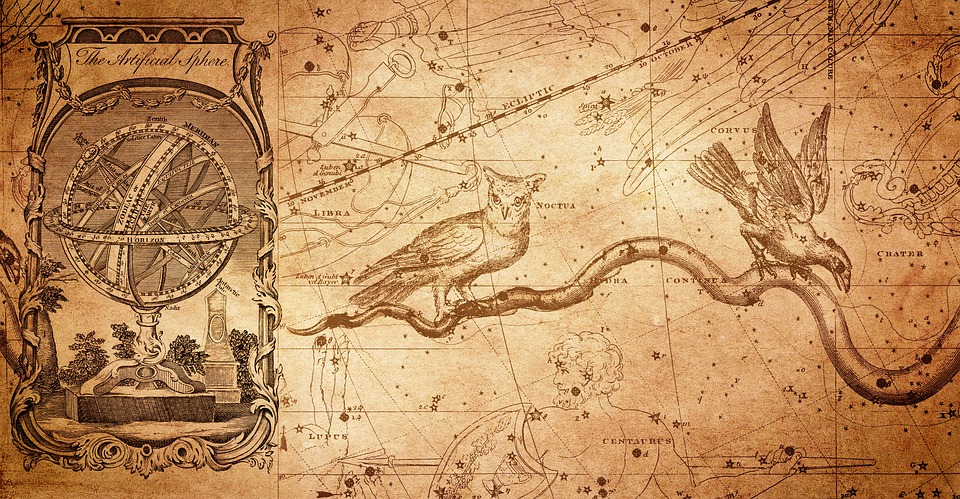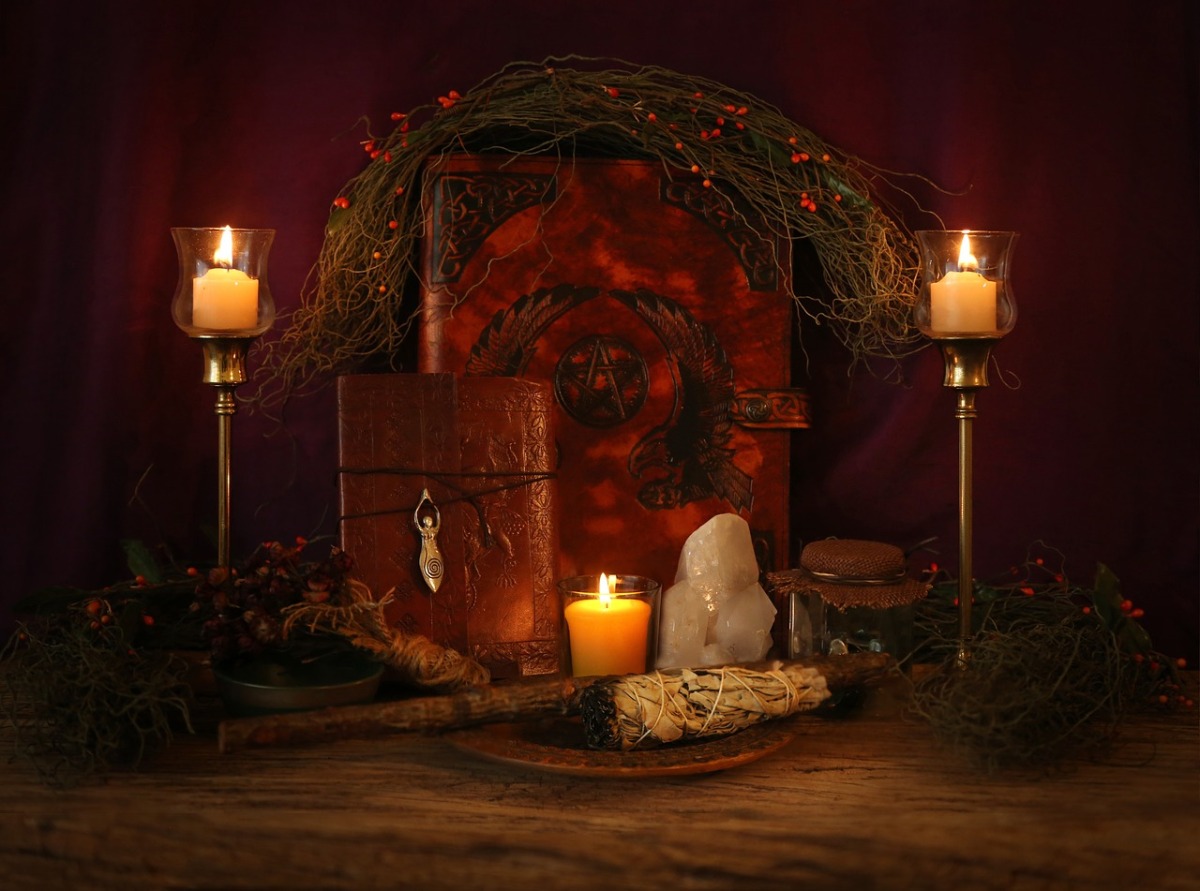Wendy Keran Engela (neé Gloss) has all the right qualifications, skills and experience to be regarded as a Gothic artist and poet, including being an incorrigible grammar-Nazi, having the prerequisite dark existential outlook, depression, a twisted sense of humor – and having survived at least one (official) suicide attempt.
Wendy – who prefers to be called ‘Kay’ – began experimenting with poetry at 15, beginning with her first effort “Darkness Falls”, quickly followed by her second, “Tombstone”, which resulted in some pretty worried looks from her mother. Since that time, Kay went on to write over 100 more poems (which her parents have never read).
Kay was born in Springs (the town, not actually wearing them) and later grew somewhat taller in a tiny flyspeck on the map called “Kriel”. Continue reading “Wendy K. Engela – Poet”







